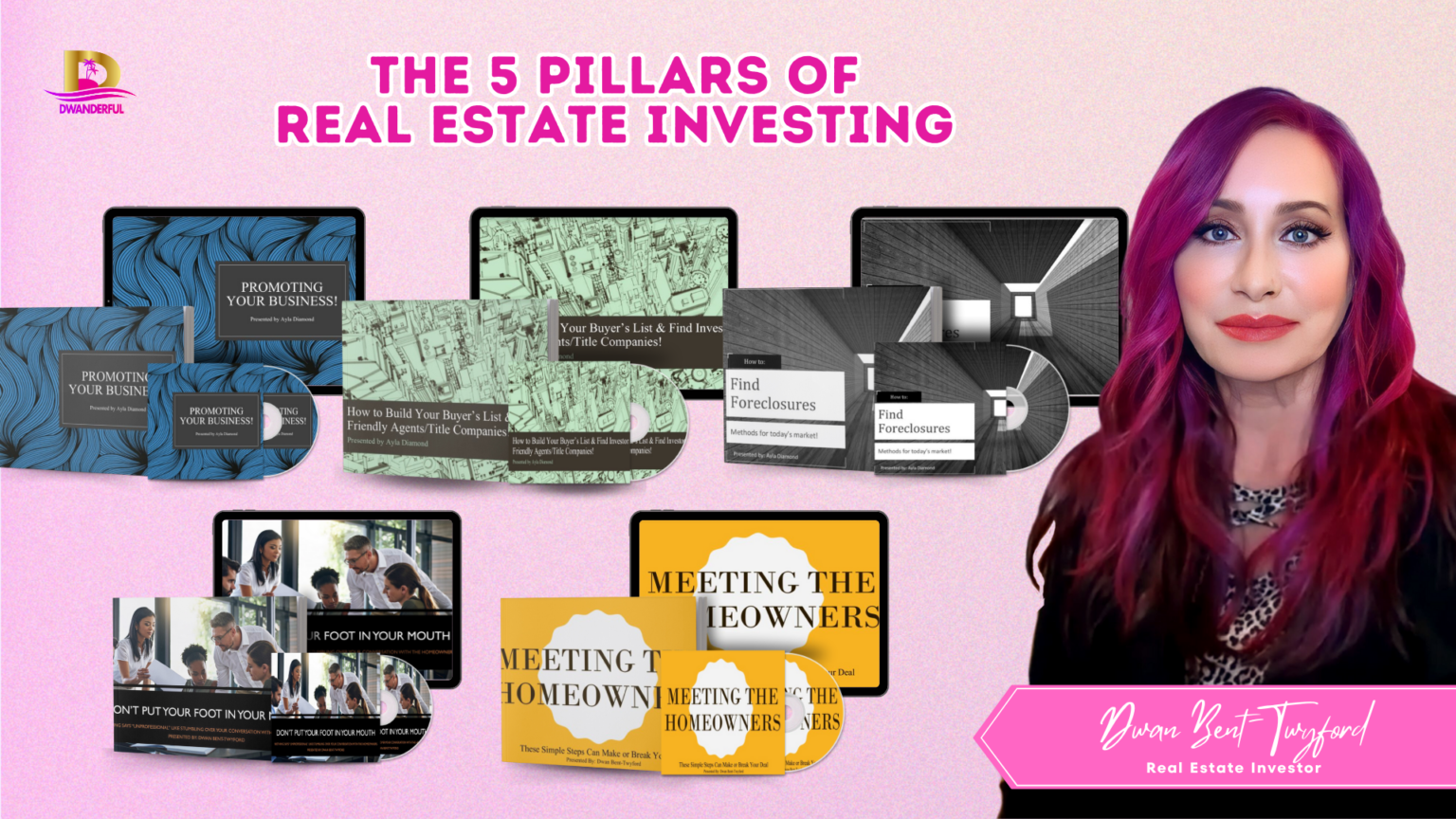
Leasing a commercial property is a significant decision—whether you’re an entrepreneur launching a startup, a growing business owner needing more space, or a real estate investor looking to generate rental income. But navigating the commercial lease landscape can be daunting without the right knowledge.
Unlike residential leases, commercial lease agreements are often more flexible—but also more complex. Terms are negotiable, responsibilities differ, and the financial implications can vary significantly depending on the lease type and property condition. That’s why understanding how to lease commercial property is so important for long-term success.
This step-by-step guide will walk you through the process, helping you avoid costly mistakes and make confident decisions—no matter your experience level.
10 Steps to Lease a Commercial Property
1. Define Your Business Needs
Start with clarity. What type of space does your business require? Are you opening a retail store, leasing office space, or managing a service-based business? The layout, visibility, accessibility, and even foot traffic matter based on your operation type.
You’ll also need to estimate how much space you need—measured in square feet. For example, a small café might need 1,000 square feet, while a professional firm could require 2,500 square feet or more for multiple employees.
This is also the time to think long-term. Will your business grow over the next few years? If so, factor in flexibility or expansion options in your lease.

2. Establish a Realistic Budget
Leasing commercial property comes with more costs than just monthly rent. Budgeting accurately will protect your cash flow and prevent surprises. In addition to base rent, you may need to account for:
Utilities
Property taxes (especially in triple net leases)
Insurance
Maintenance and repairs
Common area maintenance (CAM) fees
Security deposits
A detailed budget helps narrow down your options and prevents wasting time touring spaces that are outside your financial comfort zone.
3. Choose the Right Location
Location is often the deciding factor for customer-facing businesses—but even for office or industrial use, it still matters. A great location will support your business’s success, improve your brand image, and impact day-to-day operations.
Ask yourself:
Is the location easily accessible for staff and clients?
Is there sufficient parking or public transportation nearby?
What’s the local foot or vehicle traffic like?
Are there complementary businesses nearby?
You’ll also want to review the area’s zoning laws to ensure your intended business activities are allowed in that location.

4. Hire a Commercial Real Estate Broker
If you’re new to commercial leasing—or simply want a smoother experience—working with a licensed broker is a smart move. These professionals have access to off-market listings, local knowledge, and negotiation expertise.
A good broker helps you understand lease structures, estimate fair market rents, negotiate better deals, and avoid hidden costs. They can also save you hours of research and legwork.
Look for brokers who specialize in your industry or property type, and make sure they represent tenants (not just landlords) to avoid conflicts of interest.
5. Understand the Different Lease Types
One of the most critical parts of learning how to lease commercial property is understanding the lease structures. Here’s a quick breakdown of common lease types:
Gross Lease: You pay a fixed rent, and the landlord covers most operating expenses like taxes, insurance, and maintenance.
Modified Gross Lease: A blend where some expenses are shared between tenant and landlord.
Triple Net Lease (NNN): You pay base rent plus taxes, insurance, and maintenance. While base rent is lower, the total cost can be higher.
Percentage Lease: Often used in retail, where rent is based on a base rate plus a percentage of gross sales.
Each type has pros and cons depending on your business model and cash flow. Make sure to get clear on what’s included and what’s not.
6. Tour and Inspect Properties Thoroughly
Once you have a shortlist of options, schedule property tours. Take detailed notes during your visits and look beyond aesthetics. Pay attention to:
HVAC system condition
Electrical and plumbing
Internet and utilities availability
ADA compliance
Parking and loading areas
Natural lighting and noise levels
Consider bringing a contractor or inspector to evaluate any potential renovations or hidden issues. This step will help you budget properly for move-in costs or improvements.

7. Check Zoning, Permits, and Legal Compliance
Even if a space seems perfect, it must be legally zoned for your intended use. You can check with the city’s planning or zoning department to confirm the type of businesses allowed on the property.
Also, review whether your business will need additional permits (like health or fire inspections). Leasing a space that’s not up to code could delay your launch—or worse, get you into legal trouble.
8. Negotiate the Lease Terms
Unlike residential leases, commercial lease terms are highly negotiable. This is where you can really customize the agreement to suit your business goals.
Key points to negotiate:
Rent amount and escalation clauses
Lease duration and renewal options
Responsibility for repairs and maintenance
Exclusivity clauses (to prevent competitors in the same center)
Subletting and assignment clauses
Personal guarantees
Work with your broker and legal counsel to negotiate fair, transparent terms. Don’t be afraid to push back on terms that seem one-sided or unclear.
9. Discuss Renovations and Build-Outs
If the space needs changes to fit your brand or function, discuss tenant improvement (TI) options. Landlords often offer allowances or rent credits to help offset the cost of renovations.
Clarify who is responsible for managing the work, obtaining permits, and covering overages. All agreements regarding improvements should be clearly outlined in the lease.
10. Review and Sign With Confidence
Have your attorney review the lease carefully. Even if the terms seem straightforward, commercial leases contain legal language that can affect your rights and liabilities.
Make sure the lease reflects everything you’ve negotiated. Once everything is finalized, sign the lease—and start planning your move-in, operations, and next steps with confidence.

Conclusion
Learning how to lease commercial property may seem overwhelming at first—but with the right approach, it becomes a strategic move for business growth or real estate success. From identifying your needs and budgeting wisely to negotiating fair terms and understanding lease types, each step is key to a secure and profitable lease.
And if you’re looking to take things a step further—whether it’s buying your first property or your next—you’ll love what Dwanderful has to offer.
Founded by seasoned real estate investor and podcast host Dwan Bent-Twyford, Dwanderful is your one-stop shop for practical real estate education. From leasing to investing, Dwan teaches strategies that actually work in today’s market.
Grab her free book, Real Estate Lingo, to decode complex real estate terms.
Dive into her paid book Five Pillars of Real Estate Investing to learn how to build a solid investment foundation.
And don’t miss the fun quiz game that shows you how to potentially generate six figures in the next six months. Whether you’re new or experienced, it takes less than a minute to discover your potential!
Ready to elevate your real estate journey? Visit Dwanderful.com today and start your next chapter with confidence. Contact us now!
Frequently Asked Questions
What’s the difference between a gross lease and a triple net (NNN) lease?
A gross lease includes rent and most property-related expenses in one payment, simplifying budgeting. In contrast, a triple net lease (NNN) requires tenants to pay additional costs such as taxes, insurance, and maintenance. While the base rent is lower in NNN leases, total monthly expenses may be higher due to the added responsibilities.
Can I negotiate renovations or improvements in a commercial lease?
Yes, you can negotiate for tenant improvement allowances (TIAs) in most commercial leases. These agreements determine how much the landlord contributes to renovations, who manages the construction, and whether rent will be adjusted. Always document improvement terms in the lease to avoid misunderstandings later.
What happens if I need to break a commercial lease early?
Breaking a lease early can be costly unless the lease includes an early termination clause or the landlord agrees to release you. Some tenants negotiate buyout terms upfront or find another tenant (sublease or assignment) to take over the space. Always check your lease terms and consult a legal expert before taking any steps.


